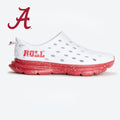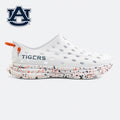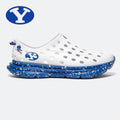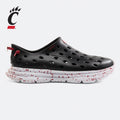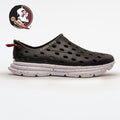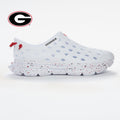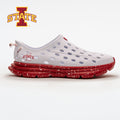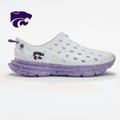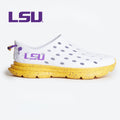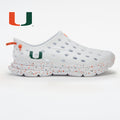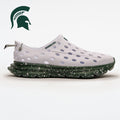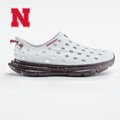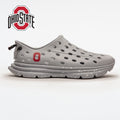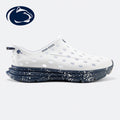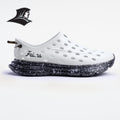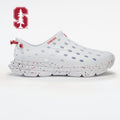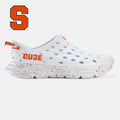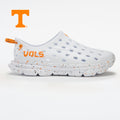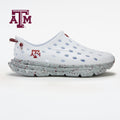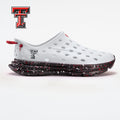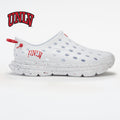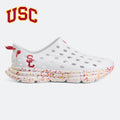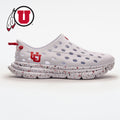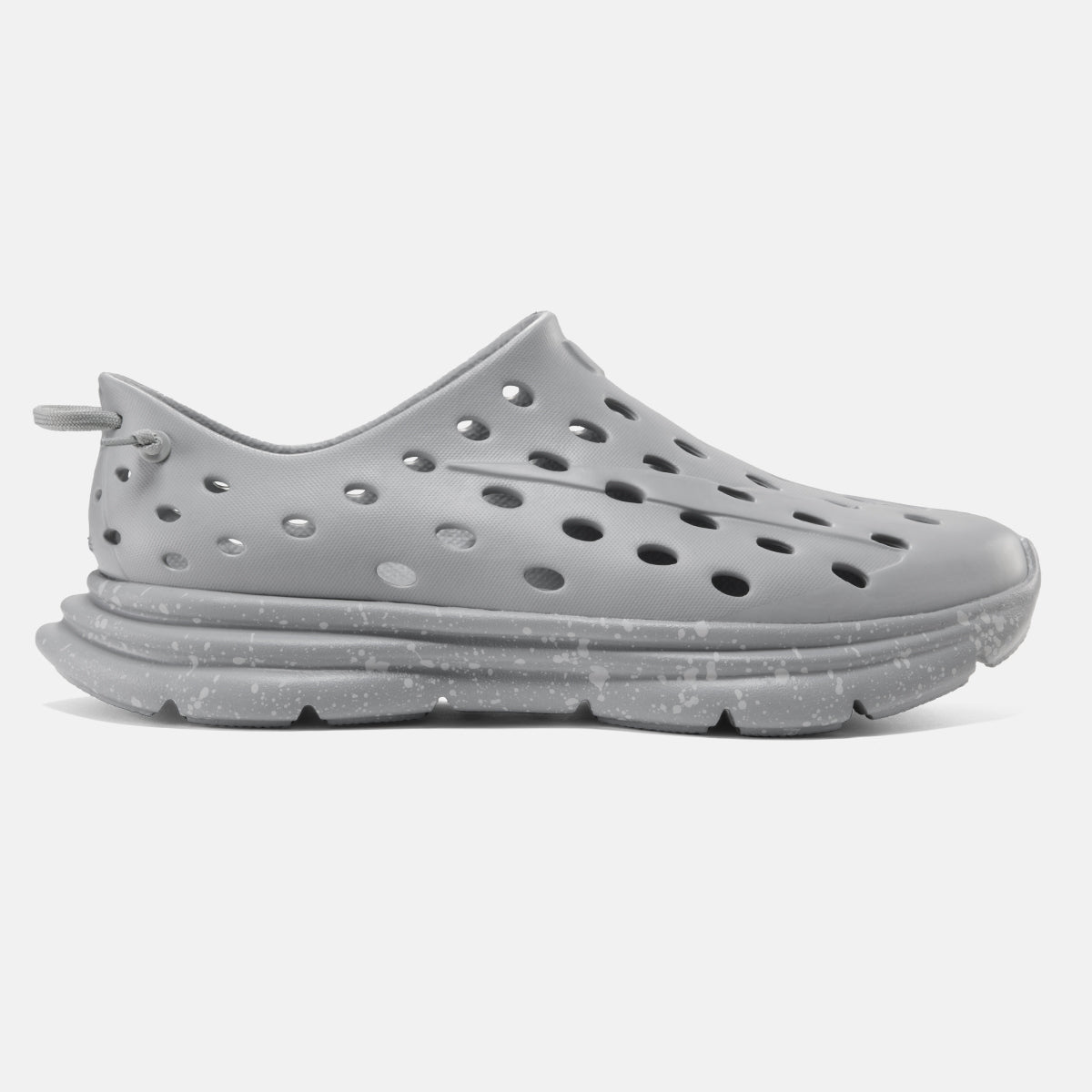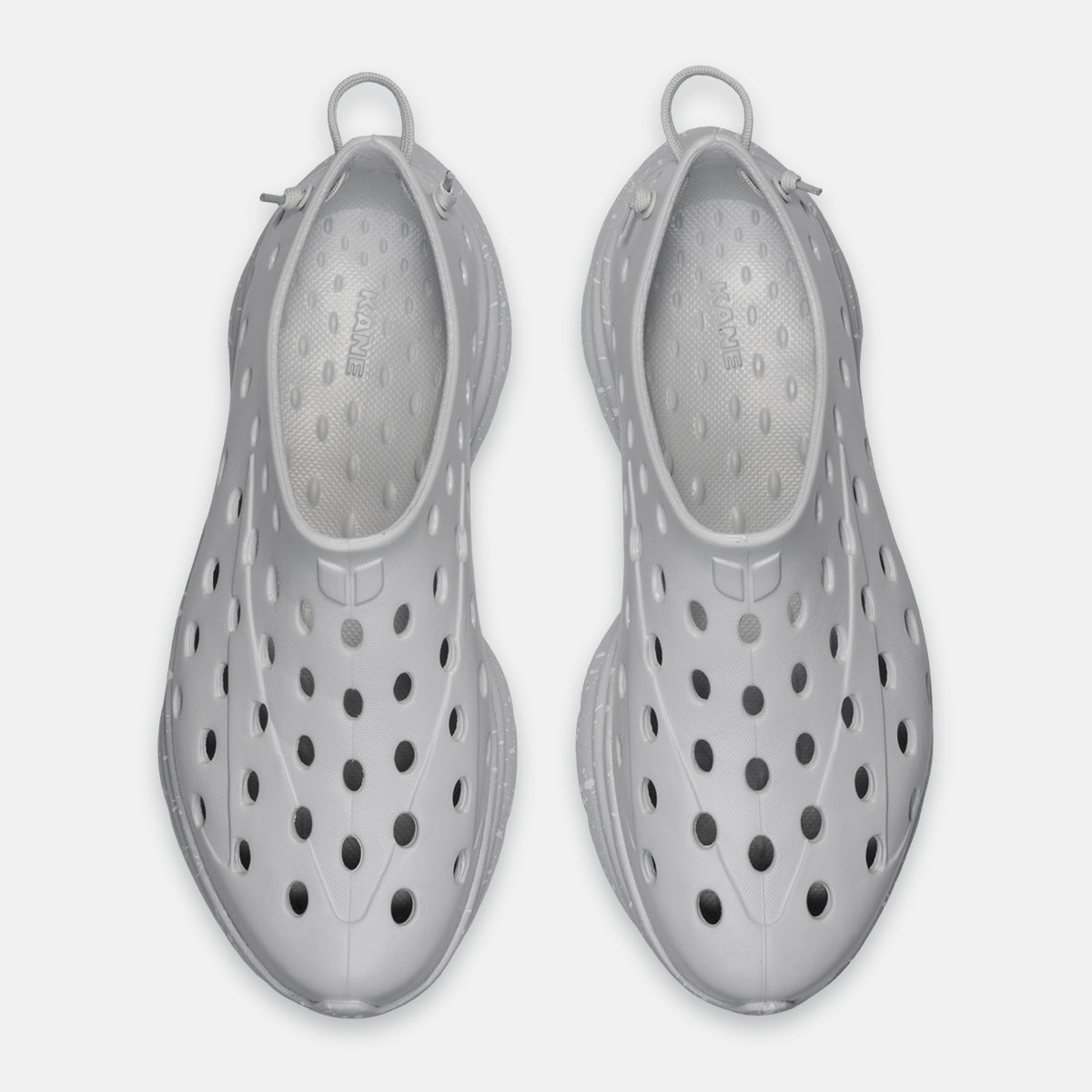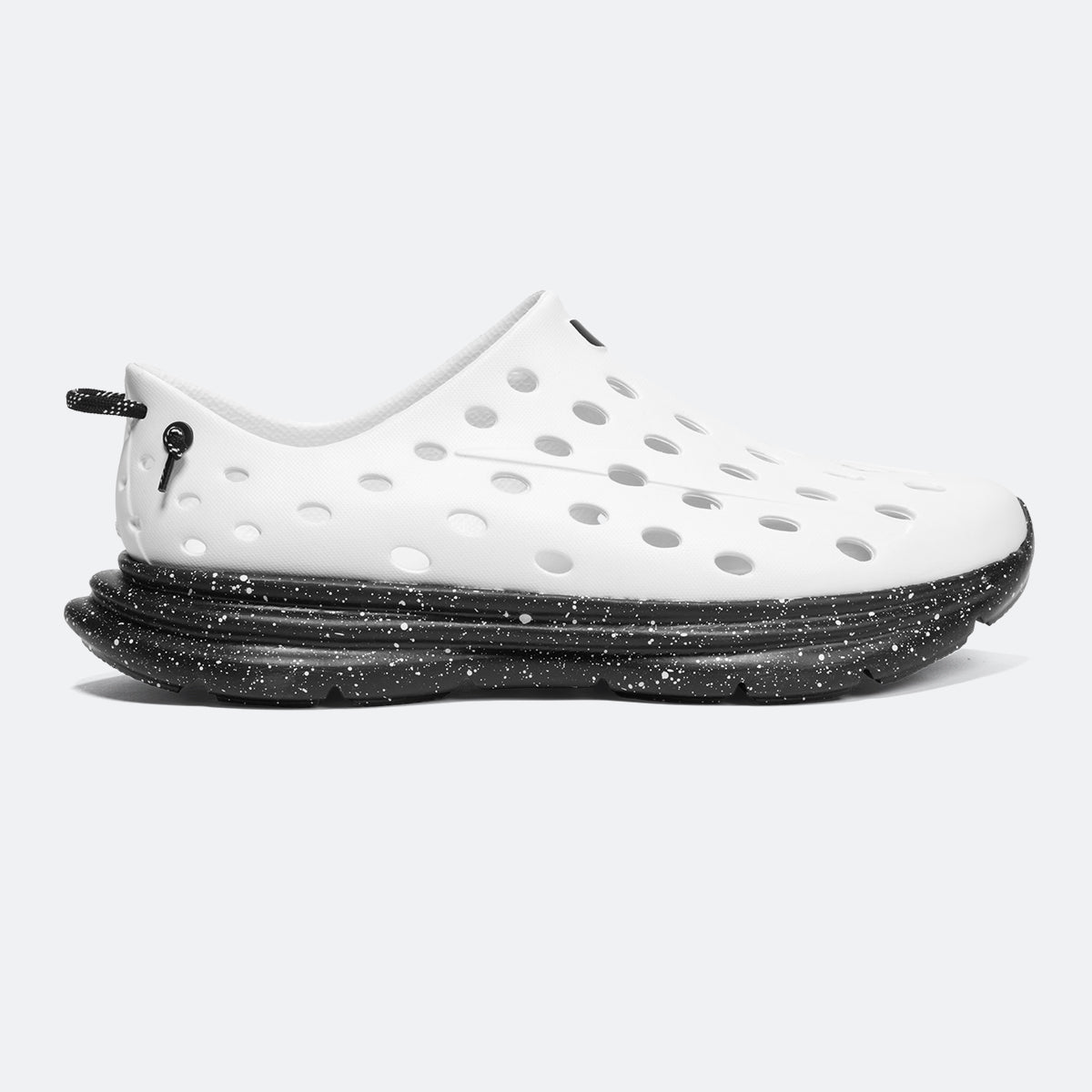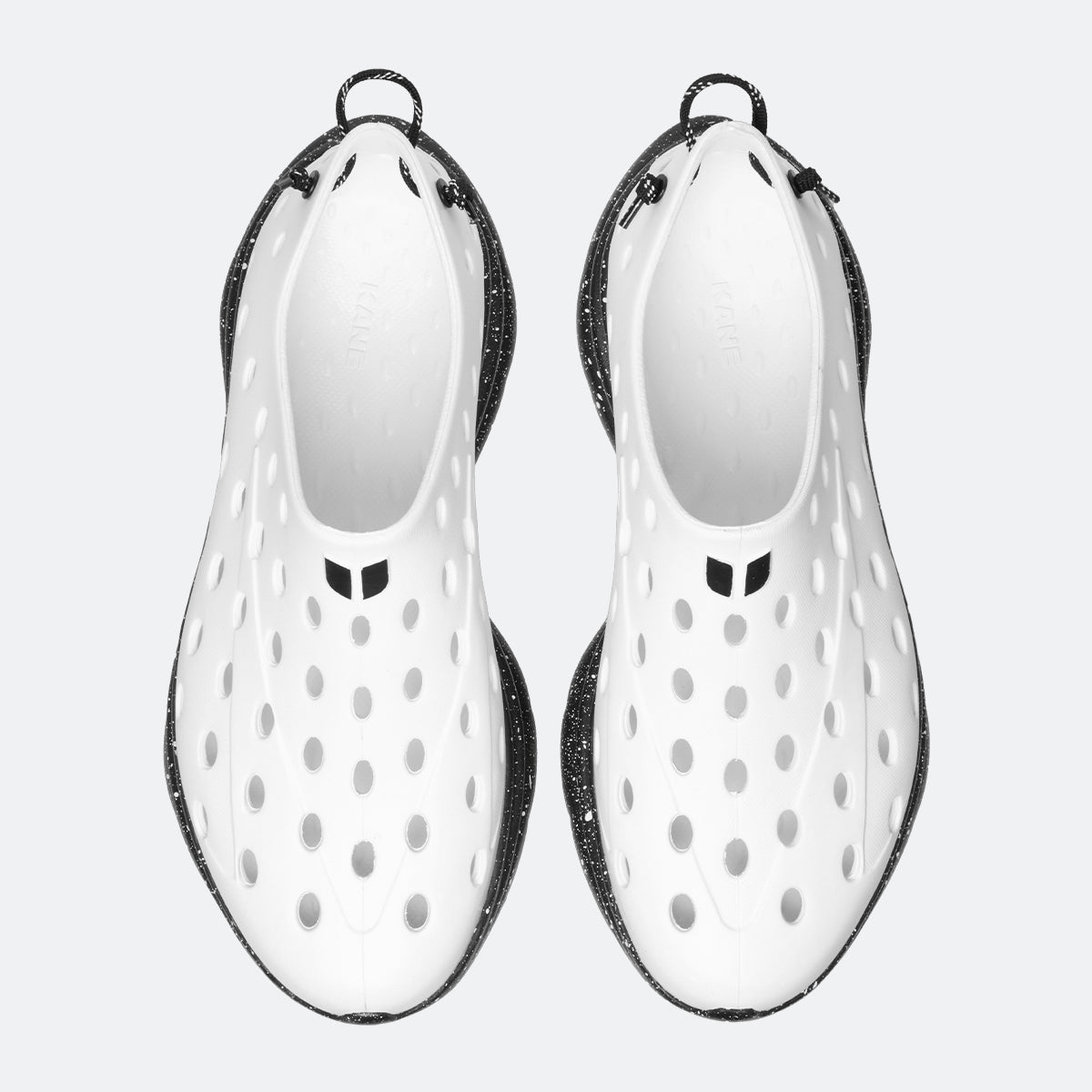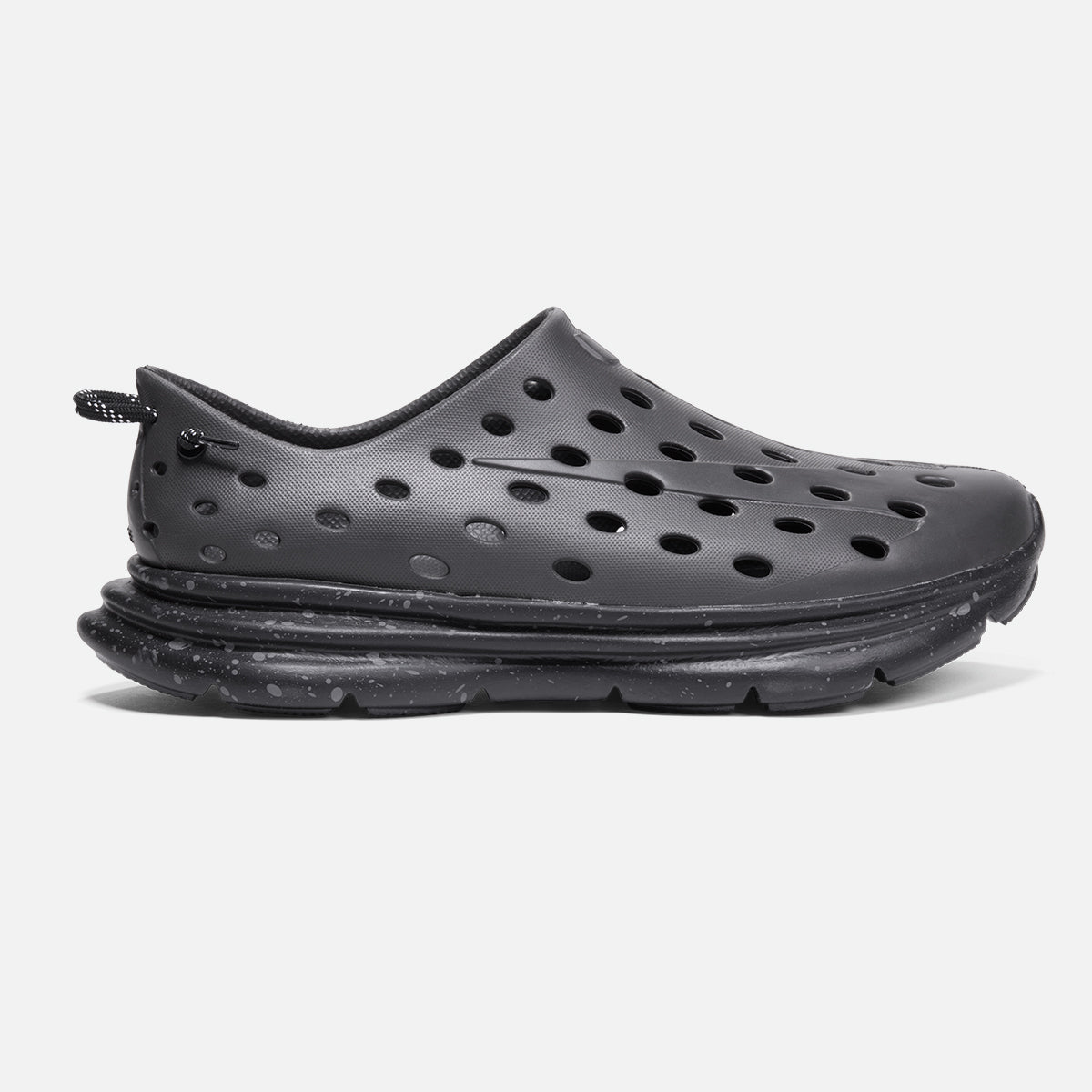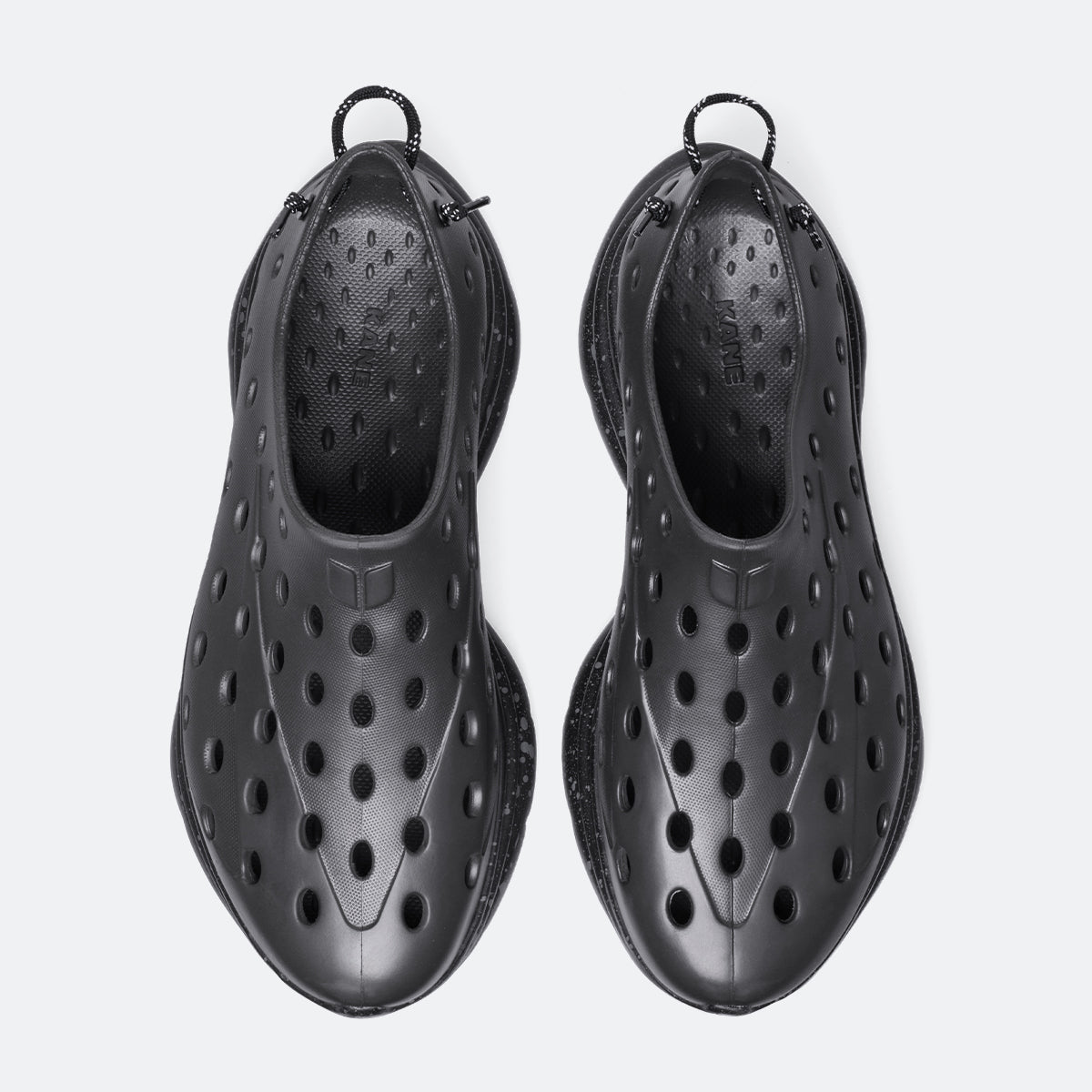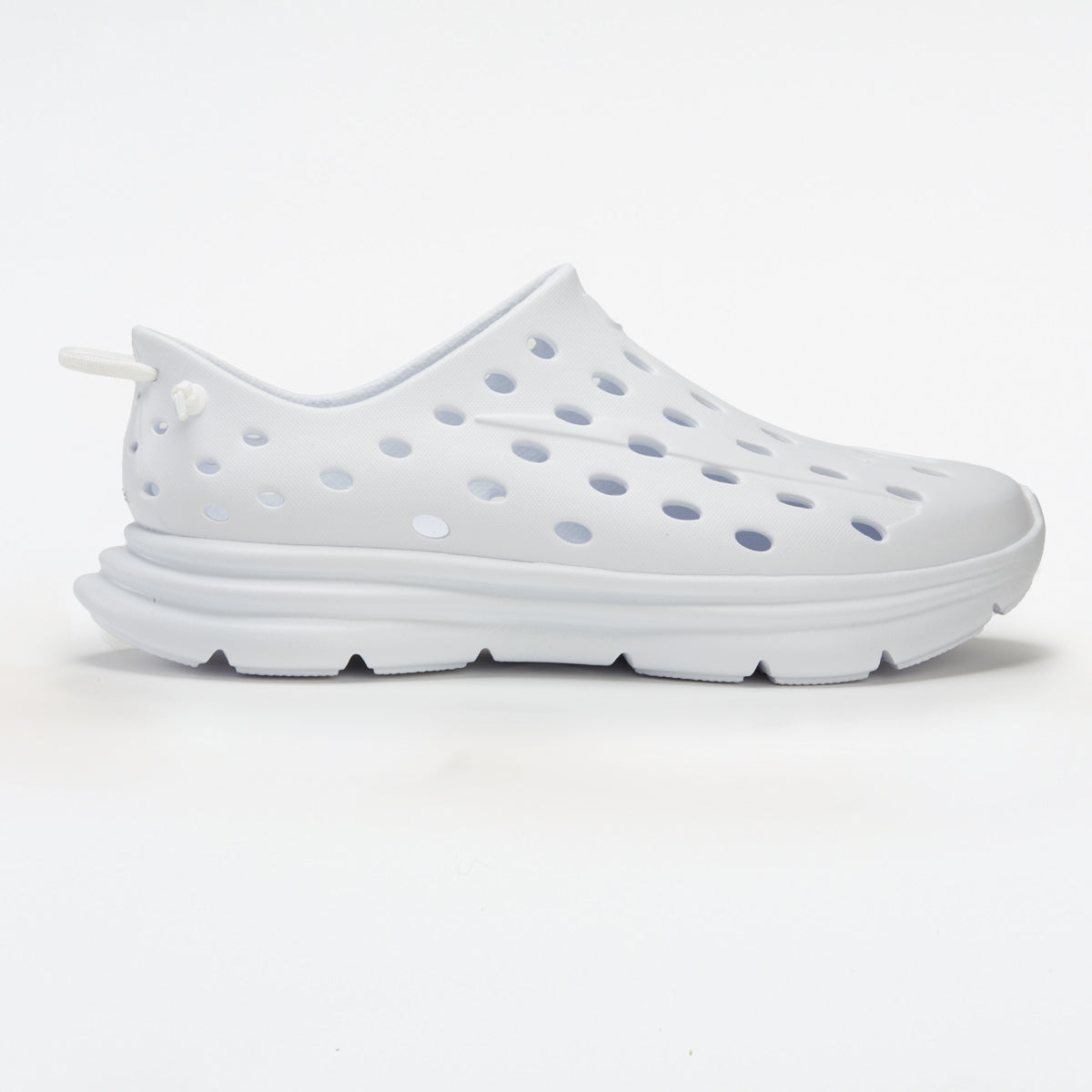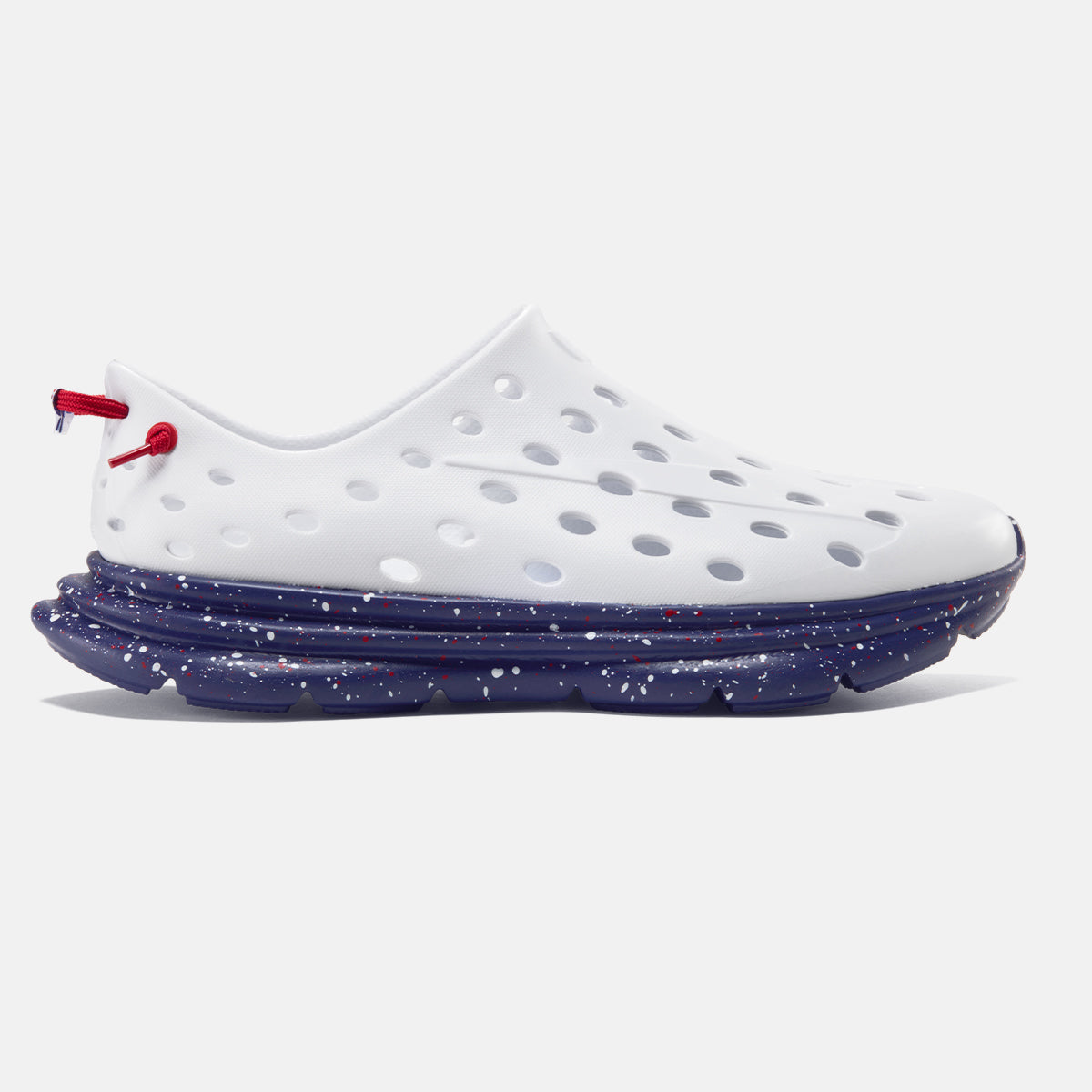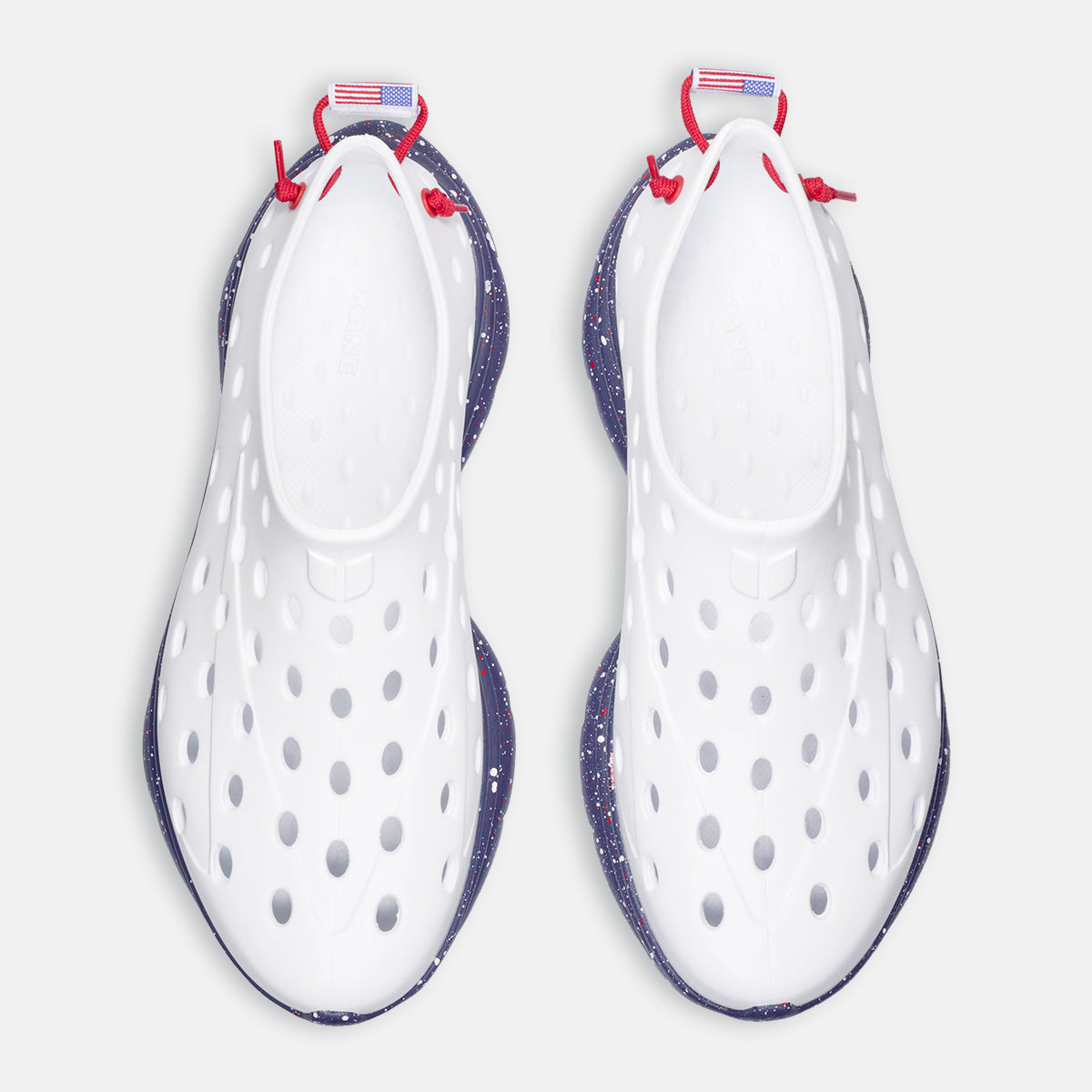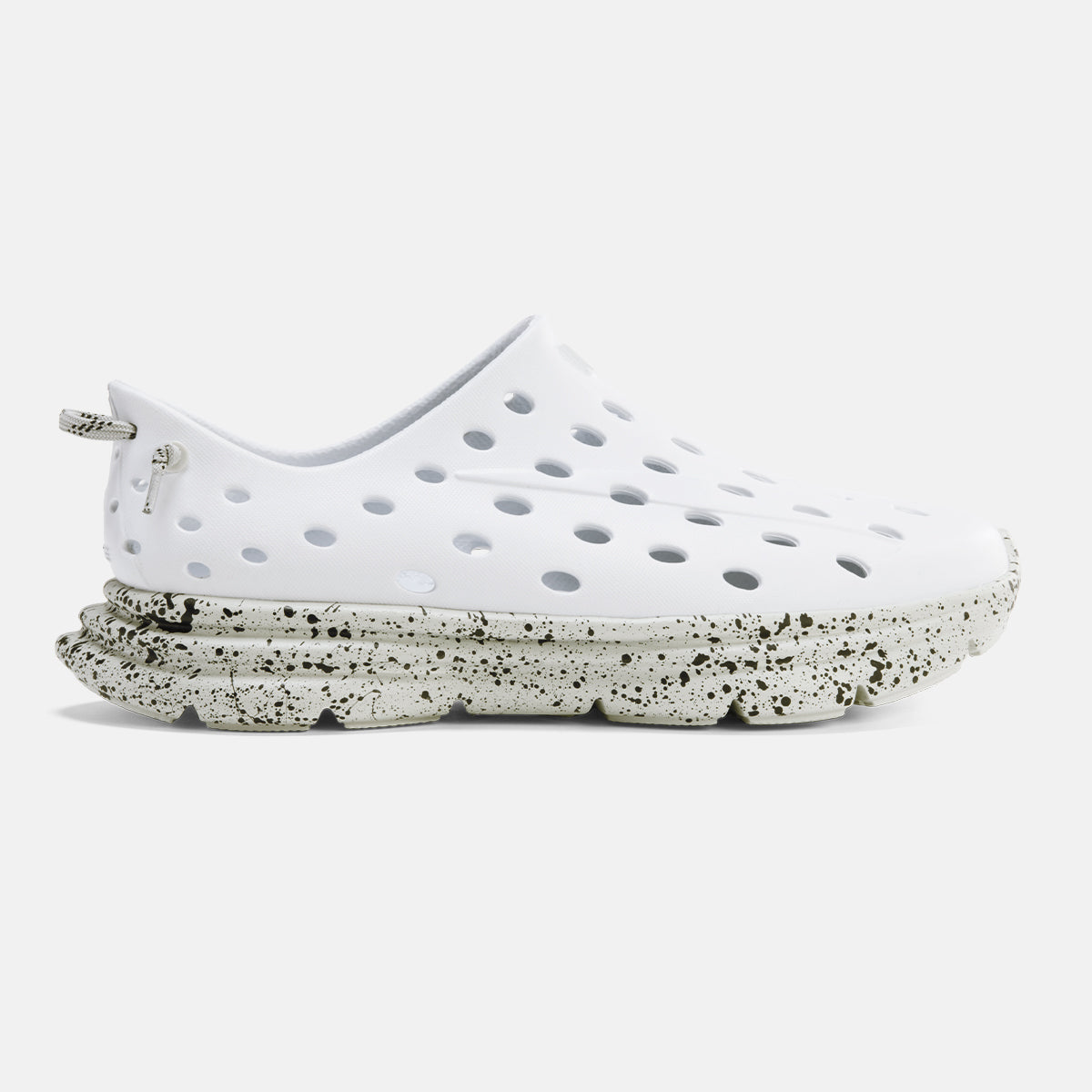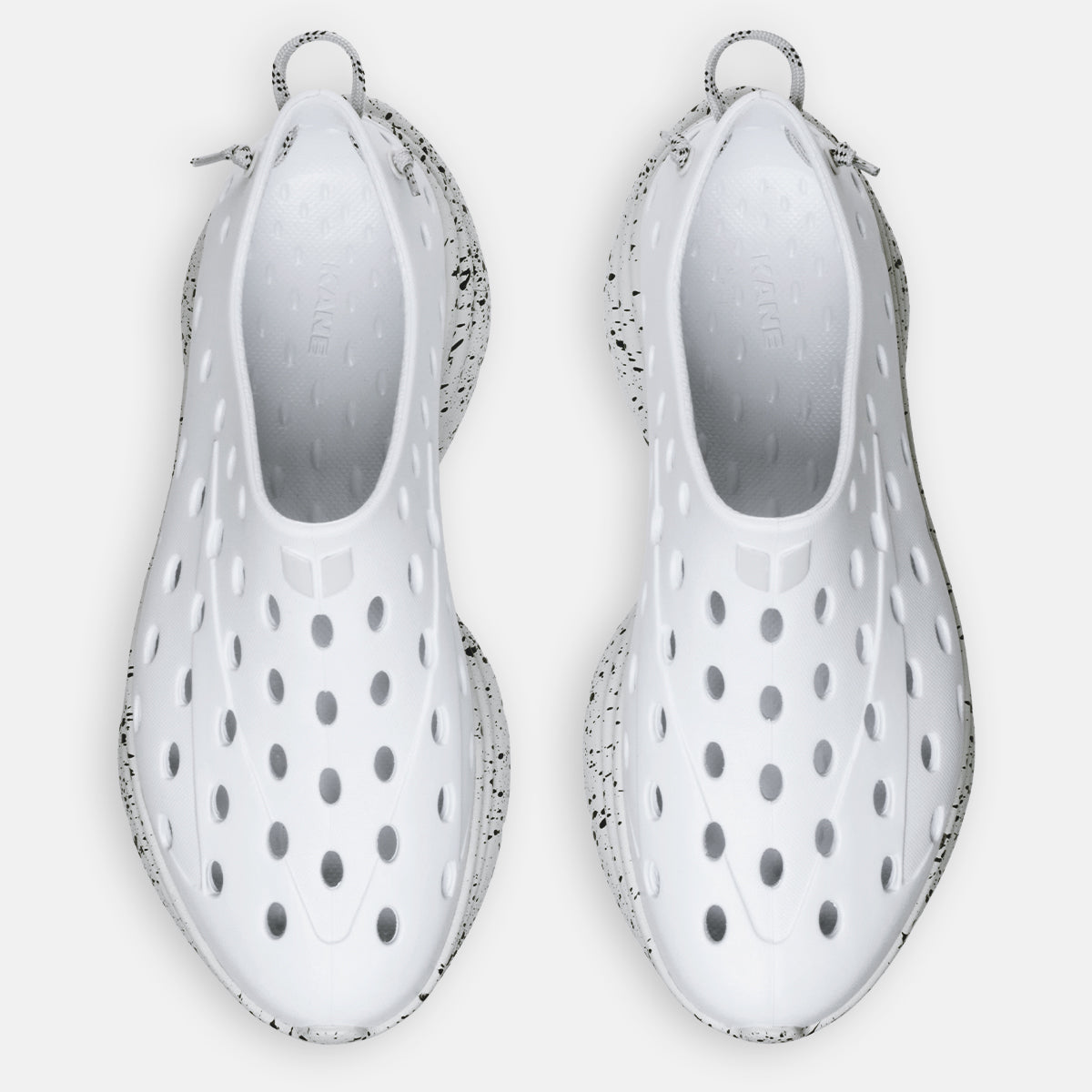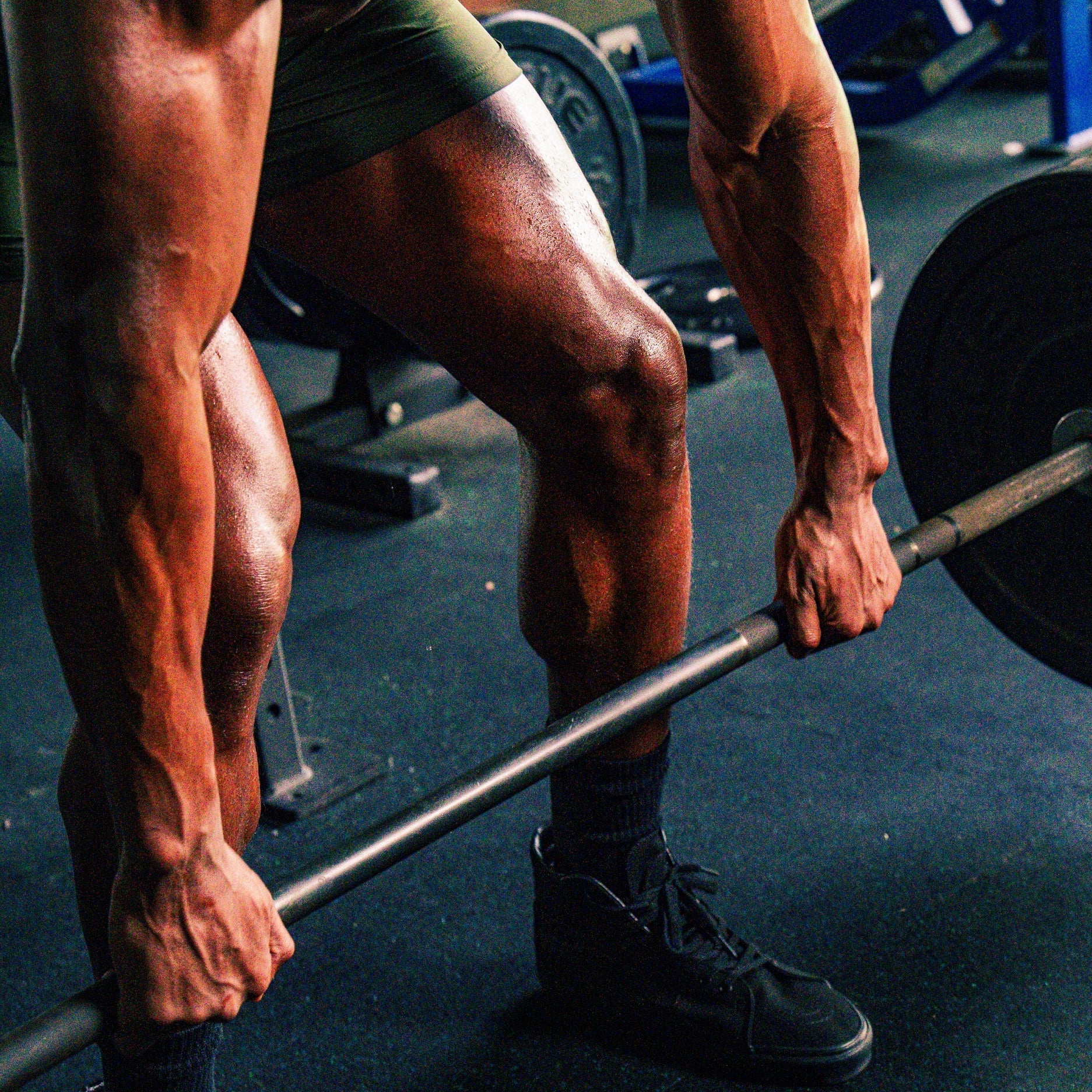When planning your workout nutrition, the timing and type of food you consume can significantly influence your performance and recovery. One common question many athletes and fitness enthusiasts have is whether eating a protein bar before or after workout sessions is better. Understanding protein's role, how much you need, and its impact on your muscles can help you make an informed decision.
The role of protein in workout nutrition
Protein is an essential macronutrient that supports muscle repair, growth, and recovery. During exercise, especially strength training or high-intensity sessions, your muscles experience stress and minor damage. Consuming protein helps rebuild muscle tissue, aiding healing and promoting growth.
Amino acids, the building blocks of protein, are crucial for preventing muscle breakdown and supporting muscle protein synthesis, the process by which muscles rebuild and grow stronger after exercise. Whether you choose a bar, shake, or a balanced meal, your body responds best when it gets the nutrients it needs at the right time.
Eating protein bars pre-workout: Pros and cons
Eating a protein-rich snack before your workout can set the stage for optimal performance. It ensures your body has the amino acids it needs to begin the repair process as soon as your workout ends, aiding recovery. Opting to eat a bar before exercising can provide an extra energy boost.
Pros of a pre-workout bar:
- It helps stabilize energy, especially during more prolonged or intense workouts.
- It prevents muscle breakdown during endurance exercise.
- It combines protein with carbohydrates for sustained energy.
Cons of a pre-workout bar:
- Eating too close to your workout might make you feel uncomfortable or sluggish.
- Some bars contain high amounts of fat or fiber, slowing digestion and making you feel heavy during exercise.
Post-workout protein bars: Key benefits
After a workout, your body is primed for recuperation. Consuming a protein bar post-workout can take advantage of the anabolic window when your body is most efficient at using nutrients for muscle repair and building mass.
The benefits of eating a bar after your workout include the following:
- It supports muscle recovery and reduces soreness.
- It replenishes depleted energy and aids the overall healing process.
- It provides a convenient way to ensure you get enough protein after a sweat session.
Factors to consider when deciding
Whether you eat a bar before or after a workout depends on your specific goals and workout type. Here are some factors to consider:
- Type of workout:
- Strength training: Post-workout protein is crucial for muscle gains and recuperation.
- Cardio or endurance exercise: Pre-workout protein combined with carbs can fuel your session, while post-workout protein can help you recover.
- Digestion:
- If eating one pre-workout feels heavy, save it until after your session.
- Daily protein needs:
- Ensure your overall protein levels meet your fitness goals. Spread consumption across meals and snacks throughout the day.
Balancing macronutrients in your protein bar
For both pre- and post-workout snacks, the nutritional composition matters. Look for options that include:
- Grams of protein: Ideally, 15 to 25 grams to support your muscles
- Carbohydrates: To replenish energy stores and boost athletic performance
Additionally, look for minimal added sugars and fats for better digestion and sustained energy. Pairing a bar with a piece of fruit or a handful of nuts can create a more balanced meal that supports an active lifestyle.
Additional protein sources to consider
While bars are convenient, they’re not the only option. Other sources of protein include:
- Protein shakes: Quick and customizable, protein shakes are ideal for the post-workout window.
- Whole foods: Chicken, eggs, or Greek yogurt provide high-quality protein.
- Plant-based options: Tempeh, seitan, tofu, beans, lentils, and quinoa are excellent plant-based protein options.
Common mistakes when using protein bars in your workout routine
Protein bars can be a helpful tool in your fitness journey, but some common mistakes can limit their benefits. One common one is relying on them as a sole source of nutrition throughout the day. While protein bars provide a quick dose of protein, they often lack the variety of nutrients in whole foods. Overconsumption can also lead to excess calorie intake, especially if you buy bars with added sugars.
Another common error is not reading labels carefully. Some products marketed as "healthy" may contain high levels of saturated fats or artificial ingredients. Timing is another critical factor. Eating a protein bar immediately before an intense workout can cause discomfort while skipping one post-workout might delay healing. Ensure your protein intake aligns with your fitness goals and lifestyle for best results.
How to choose the right protein bar for your needs
Selecting the right protein bar depends on your individual goals and dietary preferences. Bars with 15 to 25 grams of protein per serving are ideal for those focused on muscle growth. If you’re using a protein bar as a pre-workout snack, look for one that balances protein with carbohydrates to energize you. Avoid bars with excessive sugars or artificial additives, which can cause energy crashes and impede digestion.
For endurance athletes, bars that include a mix of macronutrients (protein, fat, and carbs) can help sustain energy levels during prolonged exercise. Those on plant-based diets should look for bars that use proteins from sources like peas, brown rice, pumpkin seeds, and almonds. Ultimately, the best choice will vary depending on your workout type, dietary needs, and how your body responds to specific ingredients.
Comparing protein bars to other protein sources
While protein bars are convenient, there are many other options for meeting your daily protein intake. Lean meats like chicken and turkey, fish and seafood, eggs, and dairy products like Greek yogurt offer protein and a range of other essential nutrients. Protein shakes provide a customizable and quick alternative, especially in the post-workout window.
Legumes like beans and lentils, soy products like tempeh and tofu, and nuts and seeds like almonds and hemp are excellent plant-based sources.
Protein bars are portable and shelf-stable, but whole foods often provide greater satiety and a broader nutrient profile. Choosing the right source depends on your schedule, dietary preferences, and fitness objectives.
Timing protein intake for optimal results
Consider your fitness goals and routine when deciding the best time to eat protein. Research suggests that consuming protein post-workout is highly effective for healing and repairing muscle damage caused by exercise. However, having it before a workout can also be beneficial, as it provides amino acids to the body during the session.
The amount of protein you need varies depending on factors like body weight and activity level. Aim for 0.3 to 0.4 grams per kilogram of body weight per meal to optimize muscle growth. For many, this translates to approximately 20 to 30 grams of protein per serving, which aligns with the recommended daily allowance spread throughout the day. (The recommended dietary allowance for an average adult is 0.8 grams of protein per kilogram of body weight or 0.36 grams per pound.)
Including extra protein during periods of intense training can help enhance your recovery process. Pay attention to how you respond and adjust your intake as needed to align with your goals for strength and performance.
Making the most of your workout nutrition
Whether you eat a bar before or after your workout, the goal is to provide your body with the nutrients it needs to thrive. Focus on consuming a variety of macronutrients for best results.
For fitness enthusiasts, timing when and how much protein you eat can improve strength, support healing, and enhance athletic performance. Pay attention to how you feel, and adjust your nutrition to align with your goals and preferences.
Frequently asked questions
Should you eat a protein bar before or after a workout?
Eating a bar one to four hours before exercise can help stabilize blood sugar, provide sustained energy, and prevent muscle breakdown. Bars with carbohydrates can also enhance performance for high-intensity or endurance exercises.
Conversely, consuming a bar within 30 to 60 minutes post-exercise supports recuperation and protein synthesis. A bar typically contains 20 to 25 grams of protein, which is beneficial after a challenging workout.
Whichever time you choose, opt for bars with a good balance of protein, carbohydrates, and fats. Focus on your total daily intake rather than strict timing. Ultimately, the best time to consume a bar depends on your needs and workout intensity.
How often should you eat a protein bar?
Generally speaking, one to two bars per day are probably sufficient. However, this amount can vary based on personal activity levels and dietary needs.
If you're aiming to build muscle, consuming two to three bars per day may be beneficial, as higher protein intake supports growth. One to two bars a day is typically sufficient for those looking to lose weight.
It's important to space out any bars you eat throughout the day and not rely solely on them for nutrition. They should complement a balanced diet rich in whole foods.
Additionally, consider the nutritional content of the bars you choose. Buy a bar with high-quality ingredients and adequate protein levels (around 20 grams), and be mindful of sugar and calorie counts.
What are the signs that I'm eating too many protein bars?
Signs you're consuming too many bars can include:
- Digestive issues: You may experience constipation, diarrhea, or alternate between the two. Digestive issues may be due to many bars' high protein and fiber content.
- Dehydration: Excessive protein intake can make you feel unusually thirsty as your kidneys work harder.
- Bad breath: A diet very high in protein can lead to ketosis, which causes an unpleasant fruity smell in the breath.
- Weight gain: Overconsumption of bars can lead to weight gain, especially if they add excess calories to your diet.
- Mood changes: You might feel moody or foggy-brained, especially if you eat a high-protein diet low in carbohydrates.
- Bloating and cramping: The high fiber and sugar alcohol content in some bars can cause significant gastrointestinal discomfort.
- Increased urination: Your kidneys may be working harder, so you may need to urinate more frequently.
Remember that bars should complement a balanced diet, not replace whole foods entirely. If you're experiencing these symptoms, consider reducing your intake and diversifying your protein sources. Since these symptoms could indicate something else, speak with a healthcare professional to determine the best solution.
When should I eat protein?
Protein is most effective when distributed evenly throughout the day rather than in a single meal. Experts recommend consuming about 20 to 30 grams at each meal, spread across three to four meals, to optimize muscle fiber growth and maintain steady energy levels.
Key timing recommendations include eating protein at breakfast to kickstart metabolism, having protein-rich snacks between meals to control hunger, and consuming protein within two hours after a workout to support muscle recovery.
While people once assumed the anabolic window was just 30 to 60 minutes post-exercise, research suggests it extends about four to six hours.
If building muscle is your focus, consider consuming a protein-rich meal or supplement before bed, which can help muscle rebuild and grow muscle mass during sleep. The most crucial factor is consistently meeting your daily protein needs across multiple meals.
What is muscle protein synthesis?
This process is how your body repairs and rebuilds muscle tissue damaged during exercise. It involves creating new proteins within your muscle fibers to replace and strengthen those that have been broken down. It's a critical mechanism for recovery, growth, and adaptation to physical activity.
After exercise, especially strength training or intense physical activity, your muscles experience micro-tears. Consuming protein provides the amino acids needed to help repair these tears and build stronger muscles. The process is most effective when you consume protein-rich foods or supplements, such as bars or shakes, during the post-workout recovery period.
Is it better to drink a protein bar or smoothie after working out?
Due to their liquid form, your body absorbs smoothies faster, making them ideal after intense workouts. However, bars are more convenient and portable if you're on the go. The choice depends on your preferences and timing, but either option can be effective if it contains a balance of protein, carbs, and essential nutrients.
No content on this site should ever be used as a substitute for direct medical advice from your doctor or other qualified clinicians.




